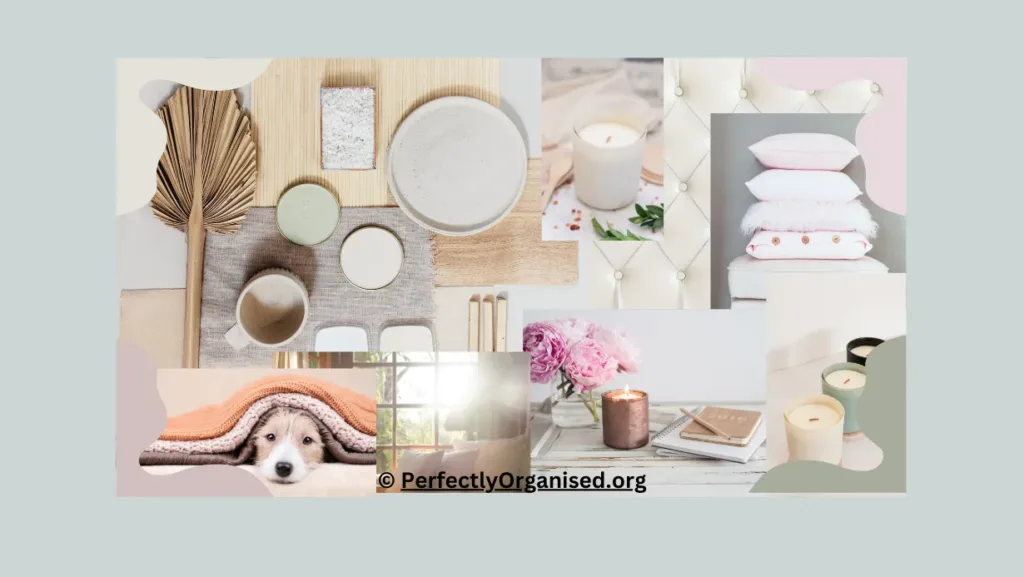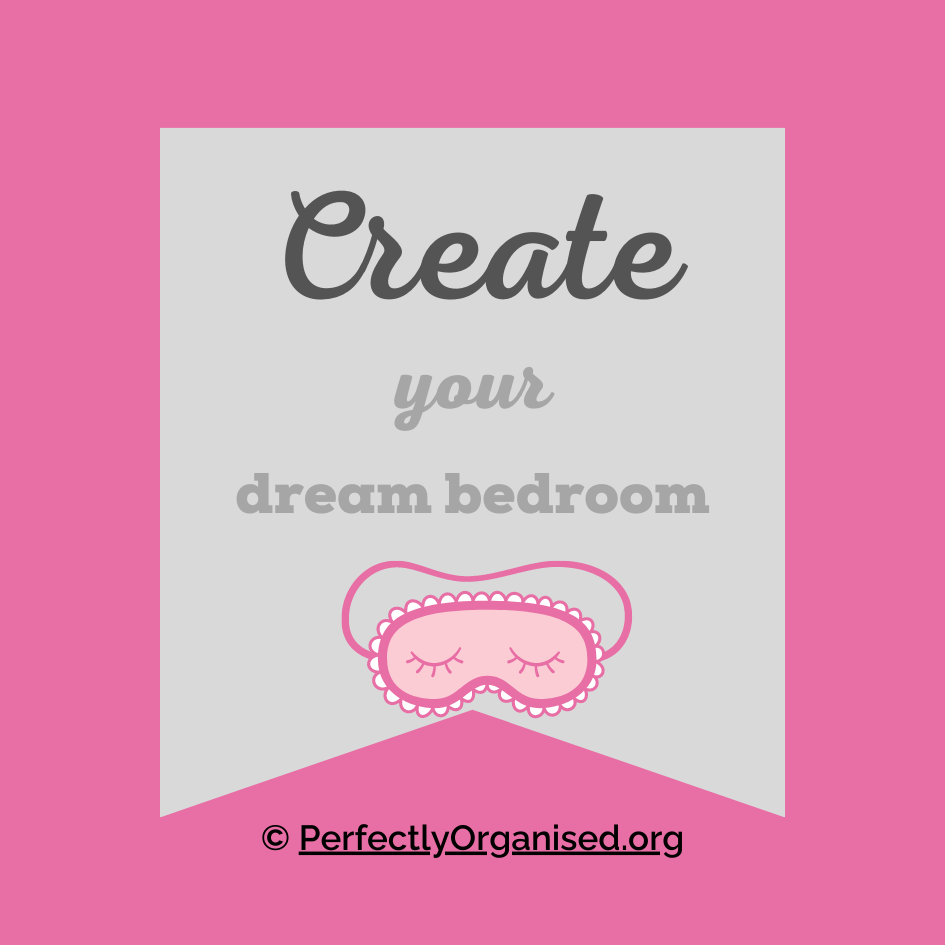How can you make your bedroom a calm, relaxing sanctuary – without breaking the bank?
Your bedroom should be your sanctuary: it’s where you go to sleep, to relax, and to escape from the stresses of the day. So it’s important to create a space that is conducive to rest and relaxation. But how do you actually go about turning your bedroom into a beautiful, dreamy space?

Choose Colours That Calm And Relax You
The colours you choose for your bedroom can have a big impact on your mood. For some, deep, dark shades will be more relaxing than paler colours, but they should still be soft, muted tones. Avoid bright, stimulating colours as these can make it difficult to fall asleep. Create a mood board to assist you when you shop for paint colours and accessories.
Textures can also affect your mood. Think silk versus polyester cotton pyjamas. While both are serviceable, the silk feels so much more luxurious against your skin. Whenever you can, choose soft, plush fabrics and avoid harsh, scratchy ones. These can actually be stimulating and make it difficult to relax.
Add Calming Elements To Your Bedroom
There are many different elements you can add to your bedroom to create a calming atmosphere. These could include plants, candles, or even a water feature if space allows. Plants can help to purify the air and create a sense of peace, while candles can provide soft, ambient light and help you to relax. Indoor water features can be very soothing and help to create a sense of tranquility.
Clutter can be a major source of stress so it’s important to reduce it as much as possible. This means decluttering your wardrobes, dressing table, drawers and bedside tables. It also means getting rid of any unnecessary furniture to create a feeling of space. This is especially important if your room is on the small side.
Your bed is where you’ll spend most of your time in your bedroom, so it’s important to make sure it’s comfortable. Invest in a good mattress and pillows that will support your body and help you to sleep soundly. A couple of dress cushions and luxurious throws – which don’t have to be expensive – will add luxury and depth. They will also ensure your bed is extra cosy during the colder months.
Create A Relaxing Bedtime Routine
A relaxing bedtime routine can help you to wind down and prepare for sleep. This could include taking a warm bath, reading a book, or listening to calming music. Anything that calms your mind and relaxes your body helps.
Window Dressings
Make sure your bedroom is dark, quiet, and cool, as these are the ideal conditions for sleep. If you can’t control the light or noise levels, try using blackout curtains or even earplugs. Or if you prefer light, floaty curtains or voiles – which are really cheap to buy at places like Ikea, and give a much more relaxed feel than formal curtains – add a blackout roller or Roman blind so that you can make the room dark.
Airing Your Room
Open your curtains or blinds during the day to flood your bedroom with natural light, as that can help to improve your mood and make the room feel more spacious. It’s also important to ventilate your bedroom as fresh air can help to improve your sleep quality, so open the window once you’re up and dressed in the morning. Make your bed each morning as it instantly makes your room look tidy. If you prefer to air off your sheets for a couple of hours, you can still pop into your bedroom later in the day to make the bed. Then, each night when you go to bed, you’re met with a tidy, calming space.
Sleeping Well
If you can, avoid electronic devices in the bedroom. The blue light emitted from them can interfere with sleep, so it’s best to avoid using them, especially in the hour before bed. Most adults need around 7-8 hours of sleep per night, so anything you can do to improve yours will help you to feel less stressed and tired during the day.
Creating a calm, relaxing, clutter-free bedroom is an important step in improving your sleep quality, which in turn improves your overall health and well-being.

